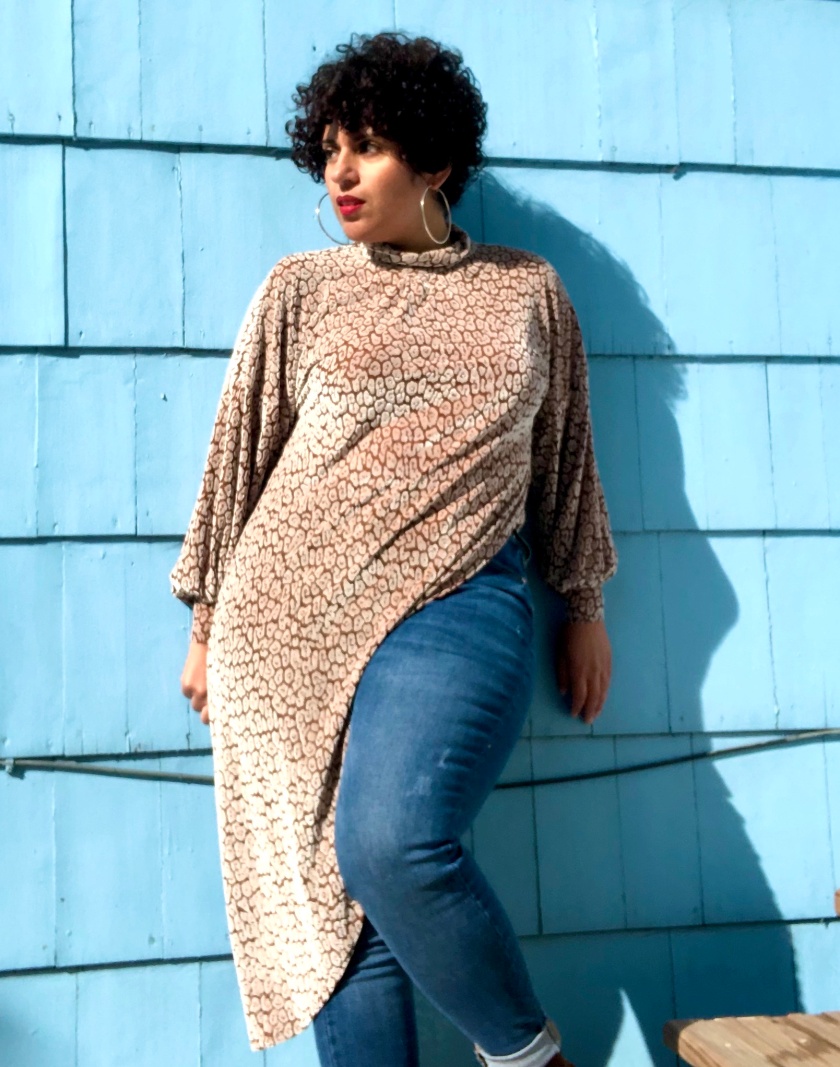“I will exalt you, my God the King; I will praise your name for ever and ever.”
Psalm 145:1
Hey Everyone!
Ever wonder where velvet comes from? or what velvet burnout is? Having made 3 projects for this month’s posts from stretch velvet; I began to think back to design school and my textiles class. Out of all my design courses. Textiles was the only lecture based class. For a creative applied learner like myself and many other creatives, this at times felt like torture. Thankfully my professor thought so too. She did her best to incorporate hands on learning.
It was actually a very informative class where we learned so much about how fabrics are made. And where the fibers for the yarns that are used for weaving our fabrics come from. Like did you know that polyester is a petroleum based fiber? It starts out as a liquid and then is transformed by heat into the thread and yarns used to weave the actual fabric. Or did you know that rayon although it is a synthetic fabric is created by using chopped up natural fibers as its base? Thats why it drapes so well and is more comfortable to wear than other synthetic based fibers.
Which leads me back to my original question. What is velvet? and what is velvet burnout? The top that I am wearing in today’s post is a cheetah print made of a stretch velvet burnout.
What is velvet?
Velvet is a soft, luxurious fabric that is characterized by a dense pile of evenly cut fibers that have a smooth nap. Velvet has a beautiful drape and a unique soft and shiny appearance due to the characteristics of the short pile fibers.
How is velvet made?
Velvet is made on a special loom known as a double cloth, which produces two pieces of velvet simultaneously. Velvet is characterized by its even pile height, which is usually less than half a centimeter.
Velvet today is usually made from synthetic and natural fibers, but it was originally made from silk. Pure silk velvet is rare today, as it’s extremely expensive. Most velvet that is marketed as silk velvet combines both silk and rayon. Synthetic velvet can be made from polyester, nylon, viscose, or rayon.
There are several different velvet fabric types, as the fabric can be woven from a variety of different materials using a variety of methods. They are crushed velvet, panne velvet, embossed velvet, ciselé, plain velvet, stretch velvet, pile on pile velvet, and velvet burnout just to list a few.
There is also something called velour which is a knitted fabric made from cotton and polyester that resembles velvet. It has more stretch than velvet and is great for dance and sports clothes, particularly leotards and tracksuits.
For all of my projects I used a stretch velvet, that I think run more along the line of velour than true stretch velvet. As they are super stretch and the pile of the fabric are shorter than a true velvet.
What is velvet burnout?
This week’s post was made from a stretch velvet burnout that I purchased from Joann Fabric. Burnout also called Devoré is a fabric technique particularly used on velvets, where a mixed-fibre material undergoes a chemical process to dissolve the cellulose fibers to create a semi-transparent pattern against more solidly woven fabric. For example: If a velvet is made from a blend of polyester (synthetic) and cotton (cellulose), they will use a chemical treatment to disolve the cotton fibers in order to create the fabric’s pattern.
I’m not a huge fan of burnout fabric, but I do love the rich colors that they come in. On the fabric that I used for the top that I made for today’s post; you can see that the cheetah pattern was created with a cream colored velvet. The background is a brown stretch knit. If you scroll down you can see the inside of my garment in one of my pictures. Where the inside is solid brown color. But the top side of the fabric is two toned.
Pretty cool! Don’t you think?
For today’s look I used Vogue 9308. I love this pattern quite a bit. I was inspired by many of my sew sister’s who made this pattern as is from sweater knit, and some from linen and cotton. All of them looked great and some even belted it to give them shaping through the waist. However, I was afraid that the original design would overtake my short frame. I’m only 5’4″ and I have wide hips. Too much fabric will overwhelm my figure and I knew that I didn’t want to belt this top. So altered the hemline. I also converted the bell sleeve into a bishop sleeve by gathering the sleeve hem into a self-drafted stretch wrist cuff. The last thing I did was raise the front neckline a bit and gathered the excess neck ease into a mock turtleneck collar that I took from another pattern.
Hemming this was easy peasy. I just used double sided tape to hold the hem in place and top stitched using a twin needle.
This top made in velvet is quite luxurious and worn with a pair of palazzo pants would create a chic look, that could be worn to a fashion show, church, or a wedding. I knew that I wanted to be able to wear this top in my everyday life or to teach at the university. So I styled it with a pair of skinny jeans, brown pointed toe suede booties, Some pretty oversized gold hoops and that’s it. Simple elegance.






Well that’s all for now. Thanks for reading. Be sure to tune in next week as I spend some time sharing a few tips that I learned while sewing all of this stretch velvet (velour). Until next time….!


This is sooo cute!! Love the whole look and the styling!
LikeLiked by 1 person
Thank you Kesha!
LikeLike